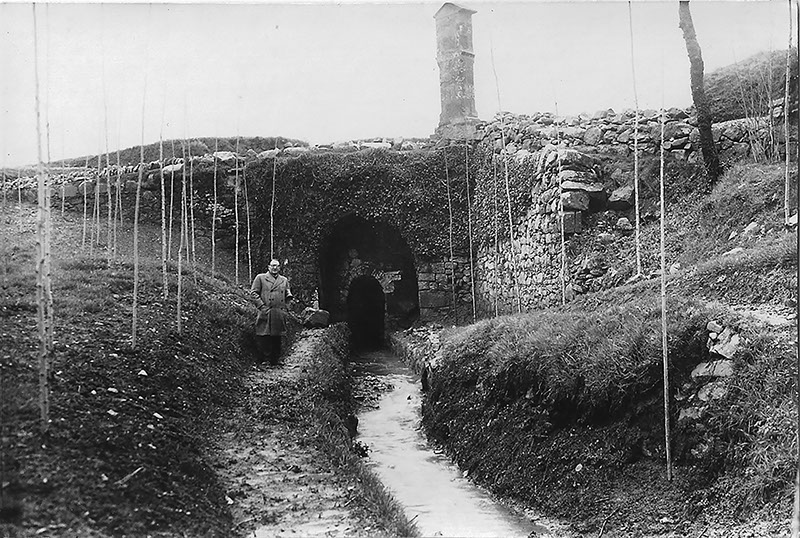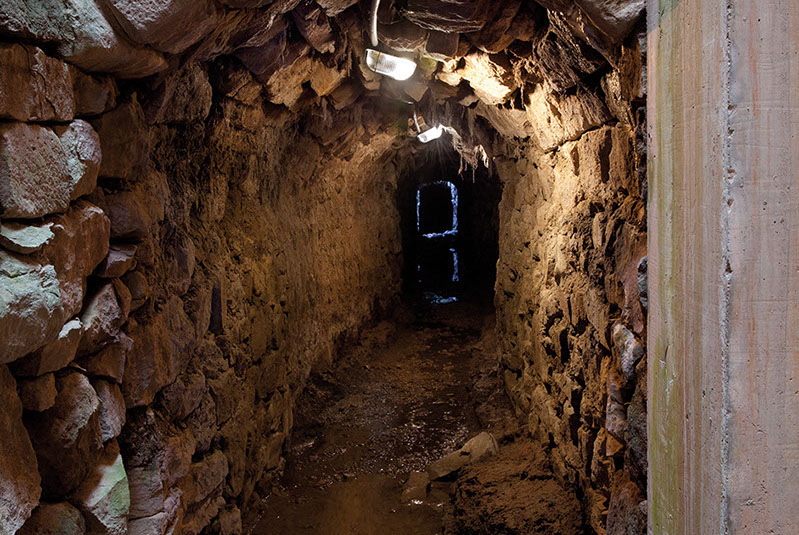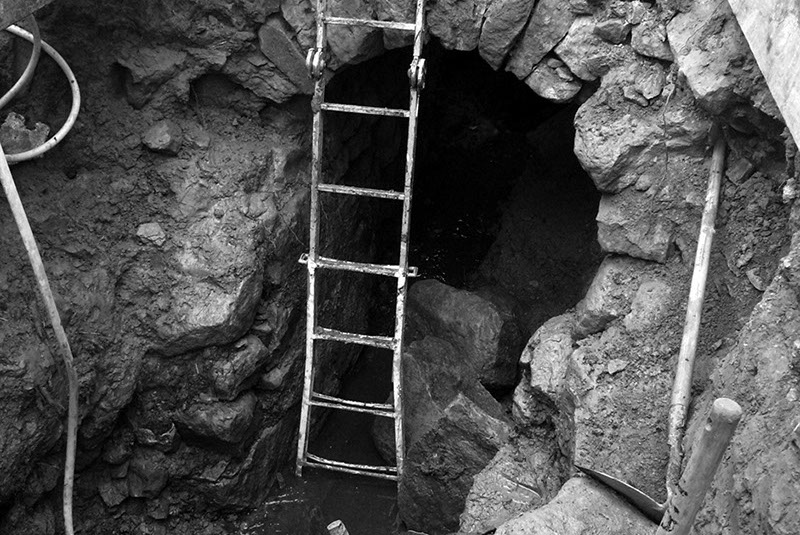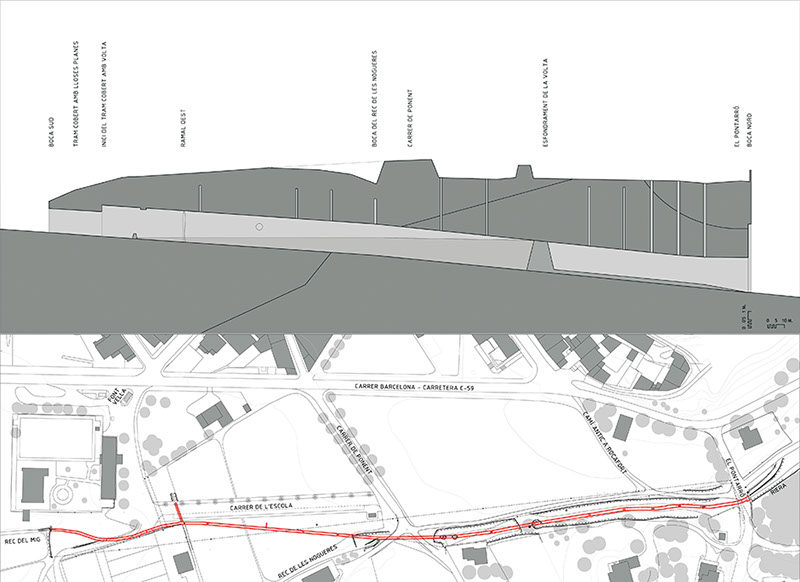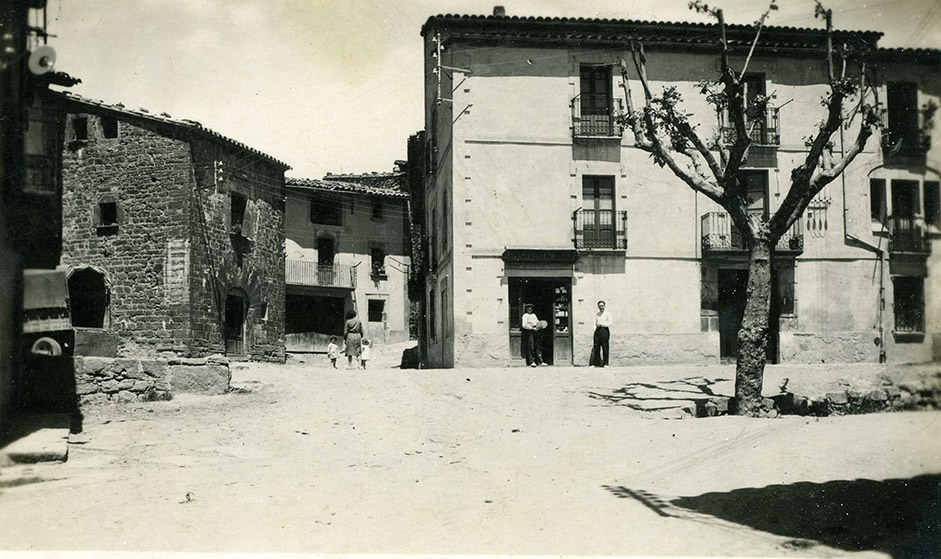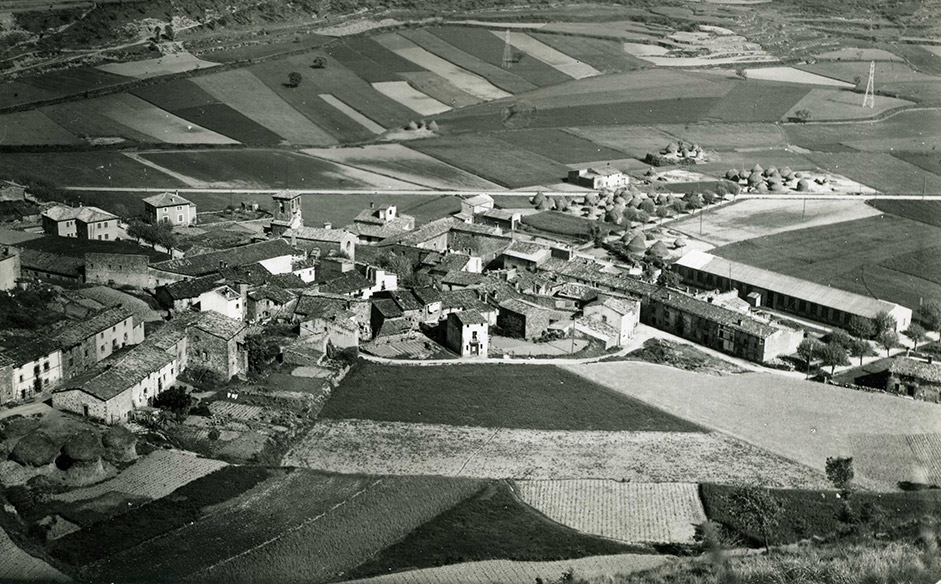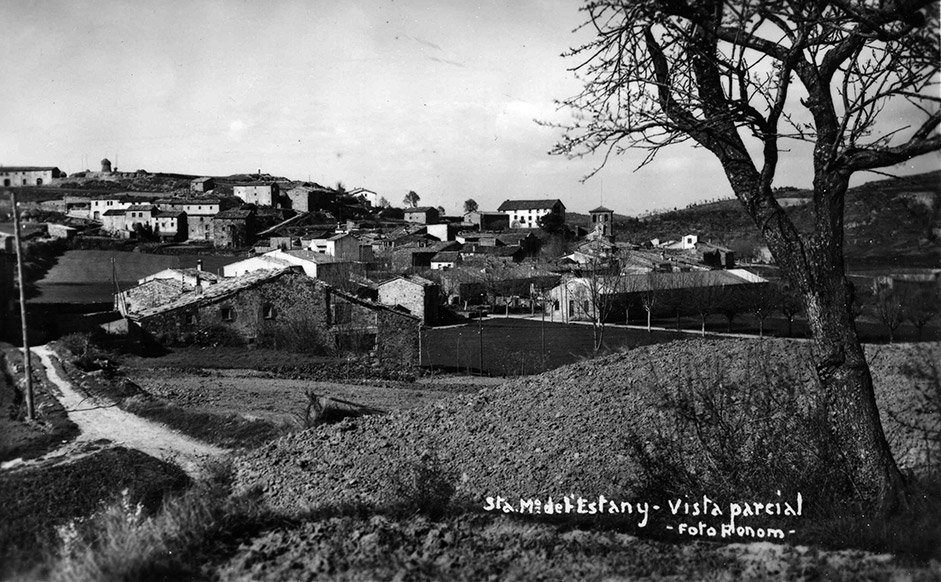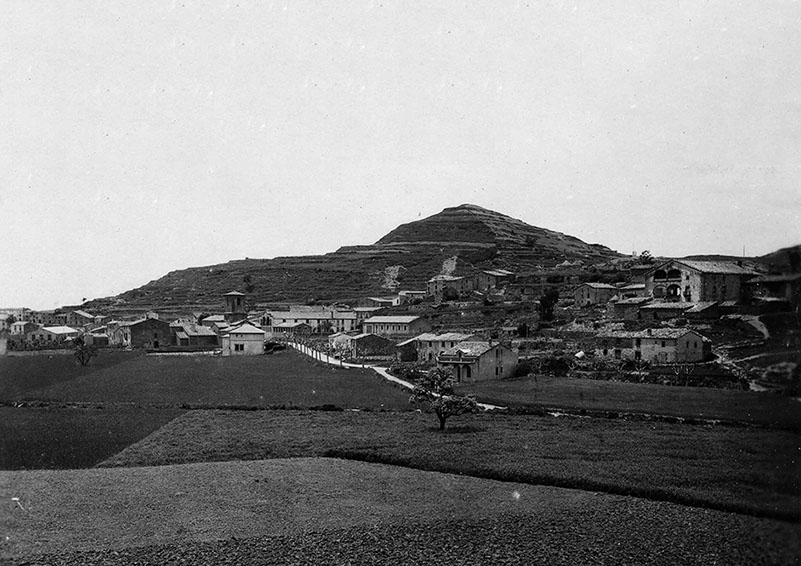From early medieval times onwards, the monastery made efforts to control the water in the lake by means of a network of channels and ditches. There still exist details of the maintenance work carried out on this network as early as the year 1554. This project aimed to improve sanitation in the area, create more cultivatable land, increase agricultural production and collect more taxes.
The lake was dried up definitively between 1734 and 1737 as the result of an engineering project to construct a drainage ditch. The work involved in building this new infrastructure consisted of running the original main canal underground and covering it and also increasing the gradient of the overflow to guarantee that the entire volume of water in the lake would drain out.
The total length of the drainage ditch is 425m and its main lower section, which is 390m long, is covered by a barrel vault built of rocks and held in place without mortar in the form of the pages of a bound book. The rest of the higher section of the drainage ditch, which is some 35m long, is trabeated, or covered by large flat stone slabs resting without mortar on the side walls.
After almost three centuries the drainage ditch still performs its original function, ensuring that the water does not become stagnant, making it circulate and thereby preventing the lake from reappearing. For some years the existence of the ditch was forgotten, but it has now been rediscovered and has once again become an important part of the cultural heritage of L’Estany.

